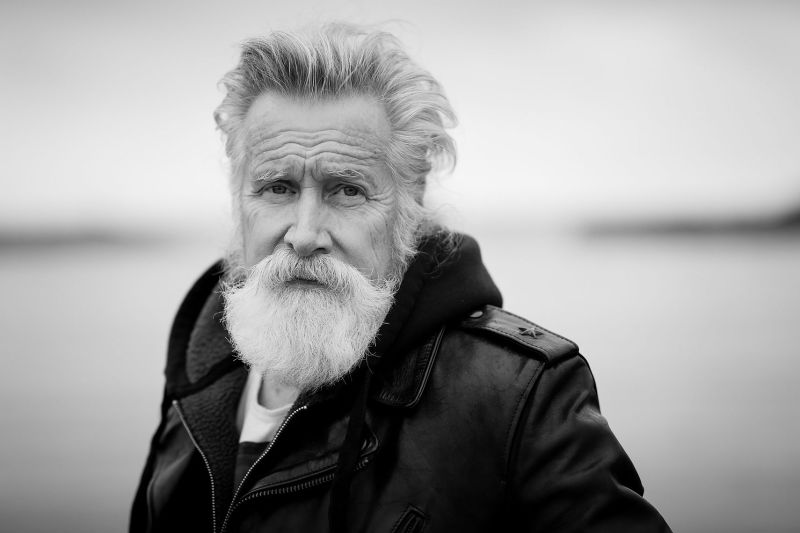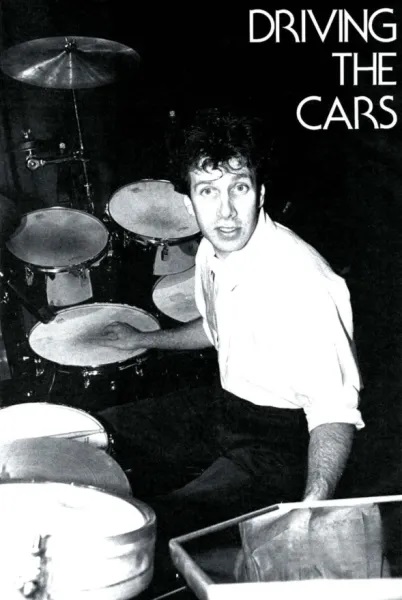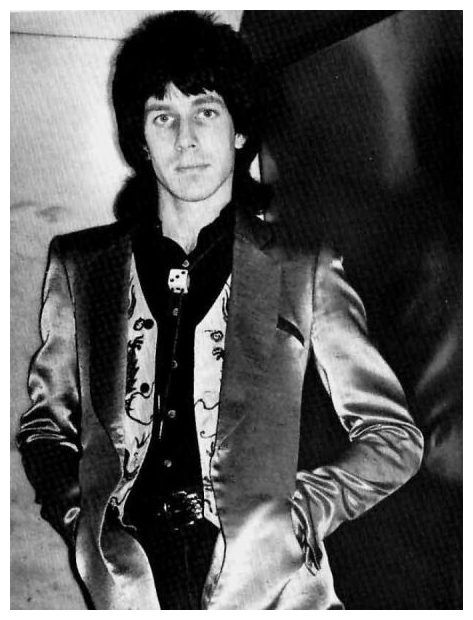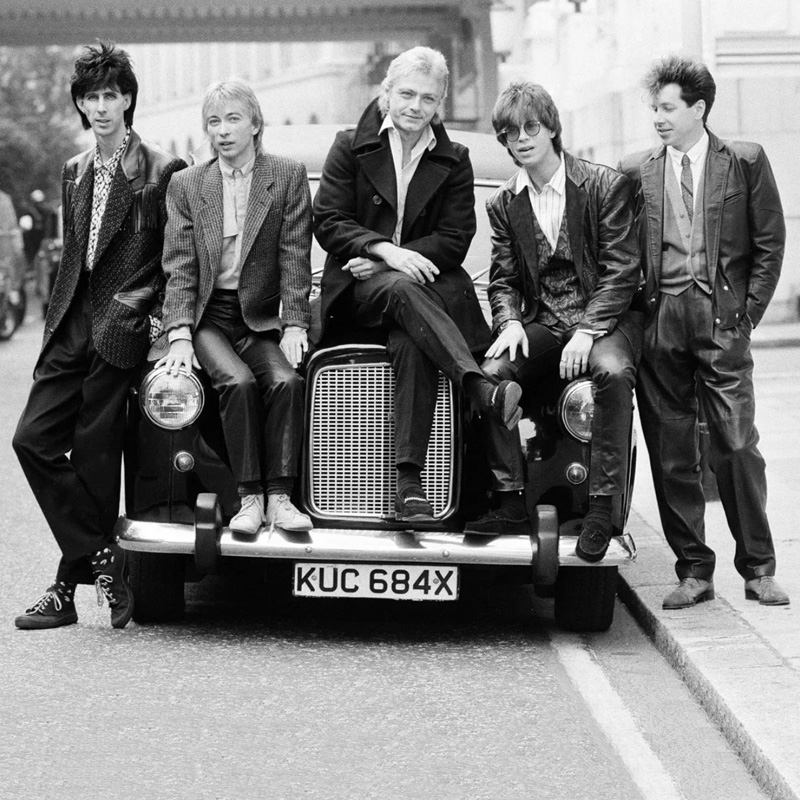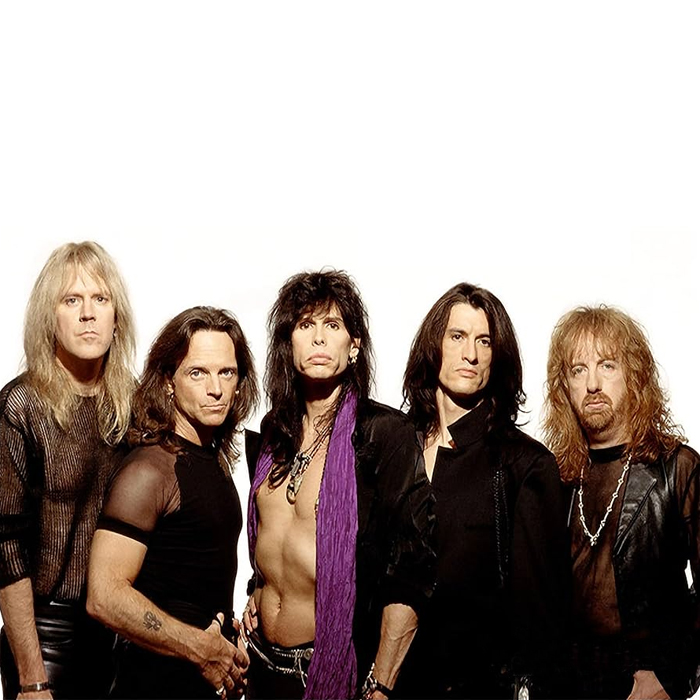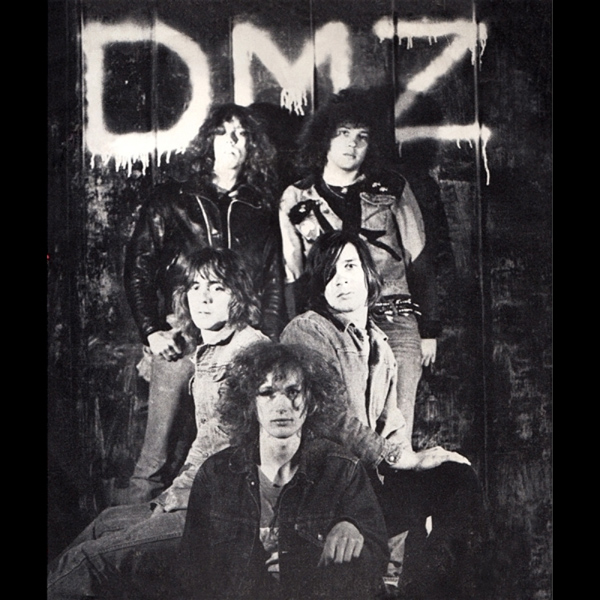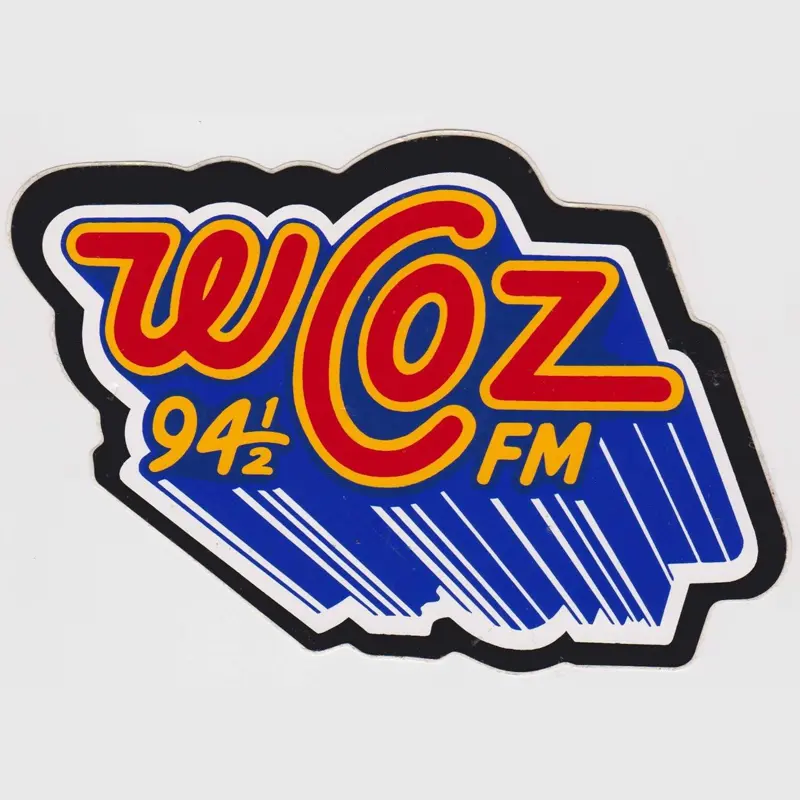David Robinson

As if perched atop some hyper-fertile variety of particularly percussive soil, New England has produced some of the world’s most gifted and influential drummers across multiple genres: Vic Firth of the Boston Symphony Orchestra; jazz’s Alan Dawson, Tony Williams, Roy Haynes, Joe Morello and Terri Lynne Carrington; and rock’s Joey Kramer, Bobby Chouinard and Kenny Aronoff.
And that list includes David Robinson, who’s played an unparalleled role in the regional, national and international protopunk, punk and new-wave scenes as the four-limbed rhythmic force behind The Modern Lovers in the early ‘70s, DMZ in the mid-‘70s and The Cars from the late ‘70s onward. From the stench and squalor of dark, dank clubs like the Rathskeller to the glitz and glamor of 100,000-plus crowds at Live Aid and Lollapalooza, Robinson’s seen it all, a stick-wielding, snare-cracking, cymbal-bashing eyewitness to the entire kaleidoscopic range of music, mayhem, myth and madness the rock-n-roll-universe has to offer.
Early Years, First Kit, First Band
Born April 2, 1949 in Malden, Massachusetts, and raised in Woburn, Robinson says his three main interests as a pre-teen were making money, which he did by juggling three paper routes; the physical world, which he enjoyed by collecting wild sedums (a type of flowering plant); and music, which he listened to nightly on a transistor radio he kept by his bed from around age 11, staying awake to hear his favorites. He also loved art from an early age and wound up designing the covers for three of The Cars’ albums, Panorama, Shake It Up and Heartbeat City.
At age 14, with paper-route cash, Robinson bought his first kit and played in his family home’s basement at every opportunity, his parents supporting his musical ambitions from the outset. After graduating in 1967 from Woburn Memorial High School, where he played in a band called The Rising Tide, he spent roughly three years working in the only “real” jobs he’s ever held: first, with an oil burner outfit; second, with a Woburn-based record distributor; and third, at the record store that wholesaler opened in Kenmore Square in 1968, New England Record City.
“That job gave me the opportunity to play records I liked, and to convince people to buy the records I liked,” he recalls. ”Parents would come into the record store when they were visiting their kids at college and say, ‘We hear James Taylor is really good,’ and I’d say, ‘No! No! Don’t buy that! She won’t like that!’ I remember really plugging the first Todd Rundgren record [1970’s Runt].”
Jonathan Richman, The Modern Lovers
In 1969, that job jumpstarted Robinson’s musical career when Jonathan Richman walked into the store to post an ad for a drummer. Robinson leapt at the chance to introduce himself since he’d seen Richman perform several times during open-mic nights at The Catacombs – “I was completely amazed by him,” he’s said – and Richman invited him immediately into the original Modern Lovers lineup of bassist Rolfe Anderson and guitarist John Felice (later of The Real Kids) – before he’d even heard Robinson play.
In September 1970, the Lovers’ first gig was opening for The Sidewinders at the Cambridge YMCA and in 1972 – after bassist Ernie Brooks (later a sideman for David Johansen) and keyboardist Jerry Harrison (later of Talking Heads) replaced Felice and Anderson – they recorded all of the tracks for their self-titled debut and signed with Warner Bros. When Richman refused to play anything but his newest, much softer material, however, Warner Bros. nixed the contract and in December 1973 Robinson left the group. The rest of the band split in February 1974 and in August 1976, over two years later, Beserkley issued the seminal album.
DMZ, Jonathan Richman & The Modern Lovers, The Cars
From 1974 to 1976, Robinson manned the kit for DMZ, often at the Rathskeller as heard on two tracks from Live At The Rat, released on owner Jimmy Harold’s Rat Records in 1976. Also in 1976, Robinson played on Richman’s first release with a new lineup, Jonathan Richman & The Modern Lovers, becoming the only original Modern Lover to record with the singer-songwriter after 1973.
In 1976, WBCN DJ Maxanne Sartori introduced Robinson to future Cars frontman Ric Ocasek, who was in the group Cap’n Swing with drummer Kevin Robichard and future Cars members Elliot Easton and Benjamin Orr. After being rejected by several labels, Ocasek formed The Cars by replacing Robichard with Robinson – the only native New Englander in the band – and bringing in Berklee-trained keyboardist Greg Hawkes, Ocasek’s former bandmate in Milkwood and Richard and the Rabbits.
While Robinson, who’d considered a career in automobile design, is often credited with naming the band, he claims the process was more democratic. “We all made lists,” he says. “I came up with The Cars and we thought, ‘It’s easy to remember, it’s short, it comes at the beginning of the alphabet.’ It had nothing to do with cars. Totally random.”
On December 31, 1976, The Cars played their first show at Pease Air National Guard Base in New Hampshire, then spent 1977 playing multi-night gigs at the Rathskeller and the Paradise Rock Club and other venues. After “Just What I Needed” from their nine-song demo got heavy airplay on WBCN and archrival WCOZ, Arista and Elektra Records offered them deals and the band chose the latter.
In 1978, The Cars’ debut reached #18 in the Billboard 200, included three top-40 singles and was #4 in Billboard’s Top Records of the Year. Their follow-up, 1979’s Candy-O, was even more successful, hitting #3 in the Billboard 200 and The Cars recorded three more platinum-selling albums (and one gold) for Elektra before recording their final LP on the Hear Music label.
Move to Gloucester, Move Like This
In 1986, Robinson distanced himself from the relentless grind of recording, touring and giving interviews by relocating to Gloucester, where he bought a stately home on Eastern Point and threw himself into repairing and restoring it all by himself, a decision he regrets somewhat. “I put years into it,” he said in 2019. “It was stupid, and it ruined my social life…but at least I learned how to fix stuff.”
In 1988, The Cars broke up and in 2000 Benjamin Orr passed away, but in 2010 the four remaining members reunited to record their final album, Move Like This, followed by a 10-city US tour. Robinson stopped playing almost entirely during the 22-year hiatus, he said in 2017, and the most difficult part of starting up again was remembering some of the songs. “I’d just forgotten lots of the parts,” he said. “It was weird.”
Move to Rockport, Rock & Roll Hall of Fame, Career Reflections
In 2003, Robinson moved to Rockport, the seaside artists’ community bordering Gloucester, opened Windemere Art & Antiques there and started designing and making jewelry, which he continues to do today in addition to designing album covers. In April 2018 – 18 months before Ocasek passed away – The Cars were inducted into the Rock & Roll Hall of Fame, where the four remaining members performed together for the last time.
Looking back at his time with three of Boston’s most significant bands – 19 years from joining The Modern Lovers in 1969 to The Cars’ 1988 split – Robinson cites his days with the Lovers as the most compelling. “I’m astounded by our audacity,” he’s said. “In lots of ways, being in The Modern Lovers was more interesting than being in The Cars. It was a much more groundbreaking and inspiring sort of story. The Cars is just a typical success story.”
(by D.S. Monahan)


